The Great Fire of London started on 2 September 1666 and lasted for just under five days. During this period it devastated the capital of England leaving more than 85% of its population homeless. Here are 10 interesting facts about one of the most well-known disasters in the history of England.
#1 LONDON WAS SUSCEPTIBLE TO FIRES AT THE TIME
By 1666, London was by far the largest city in Britain. Due to its rapidly growing population which had soared to half a million it had become overcrowded inside its defensive city wall. Narrow streets with overhanging houses built with wood made London susceptible to fires and the capital had experienced several major fires before 1666, most recently in 1632. Also a long hot summer had left London dry and drought had depleted water resources.
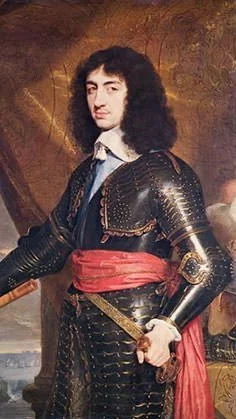
#2 THE GREAT FIRE STARTED IN A BAKERY
Great Fire of London started at around 1 am on Sunday, 2 September, 1666. It began in the bakery of Thomas Farynor on Pudding Lane, probably initiated by a spark from his oven falling onto a pile of fuel nearby. Soon a workman smelled smoke and woke the household. The family was trapped upstairs but managed to escape through a window to the adjoining house, except for a maid who was too frightened to try and became the first victim of the fire.
#3 THE MAIN METHOD TO STOP FIRES AT THE TIME WAS CREATION OF FIREBREAKS
The major fire-fighting technique at the time was firebreaks. Firebreaks are created by demolition of surrounding area to create a wide enough gap between combustible materials to stop the spread of fire. When the fire was in its initial stage it was suggested to create a firebreak by demolishing the adjoining houses but the house-owners refused. The man who held the authority to sanction the demolition was Lord Mayor Sir Thomas Bloodworth.
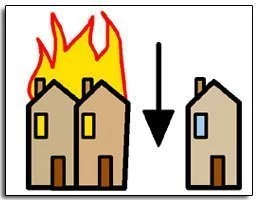
#4 THE GREAT FIRE COULD HAVE BEEN PREVENTED
As the Great Fire spread Mayor Bloodworth was woken and he arrived at the scene. Experienced firemen called for demolition of the adjoining houses to create a firebreak but Bloodworth refused on the ground that most premises were rented and the owners could not be found. When pressed, his often-quoted reply was “Pish! A woman could piss it out”. By afternoon the fire turned into a raging firestorm.
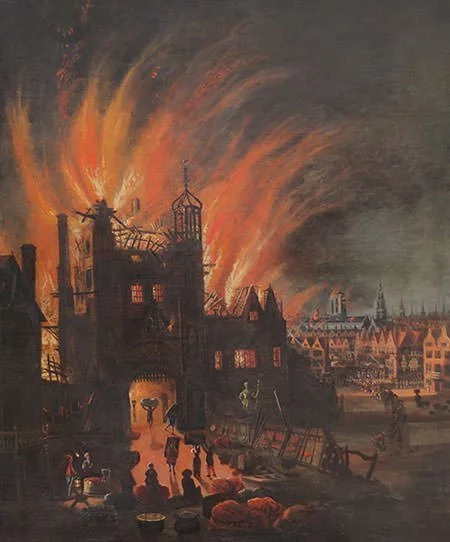
#5 THE STRONG WIND MADE THE GREAT FIRE JUMP FIREBREAKS
When King Charles II took control of the situation he ordered the demolition of as many houses necessary to create firebreaks to stop the spread of fire but all these efforts proved futile as driven by the strength of the wind, the Great Fire jumped gaps of as many as twenty buildings. By dawn on Sunday the houses on the London Bridge were burning. An open space on the bridge separating two groups of buildings acted as a natural firebreak preventing the fire from spreading destruction to the other side.
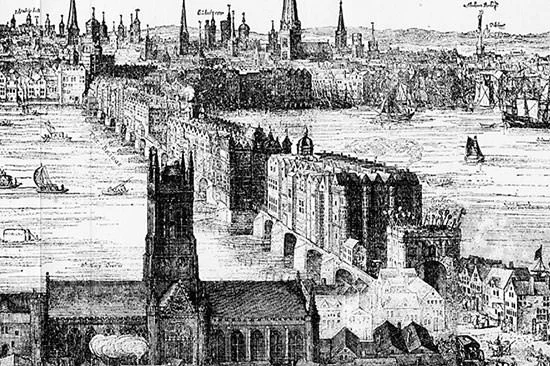
#6 ST PAUL’S CATHEDRAL WAS THE MOST FAMOUS BUILDING DESTROYED
St Paul’s Cathedral, which was one of the most famous churches in the world, was considered safe during the fire because of its thick stone walls. However as it was in structural decline it was being renovated and unluckily covered in wooden scaffolding. On the night of Tuesday, 4 September the scaffolding caught fire, soon followed by the timber roof beams. In a few hours the Cathedral was a ruin. It was rebuilt at the same site on the design of Sir Christopher Wren.

#7 CHANGE IN DIRECTION OF THE WIND, AND FIREBREAKS, EVENTUALLY CONTROLLED IT
By Tuesday, the third day of the fire, gunpowder was used to blow the houses quickly and create firebreaks. The wind relaxed and changed direction, blowing the fire onto itself. Also the newly created firebreaks proved to be effective to prevent the spread of fire. These two factors allowed the fire-fighters to take control of the situation and the Great Fire of London was effectively extinguished by dawn on Thursday, 6 September 1666.
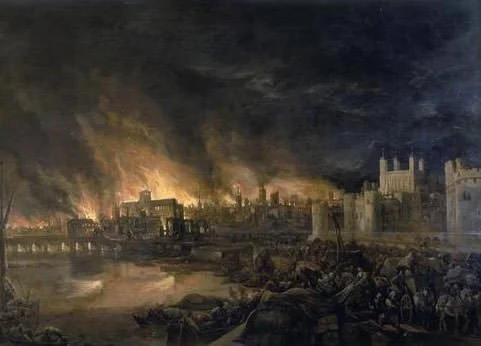
#8 MORE THAN 85% INHABITANTS OF THE CITY LOST THEIR HOMES
The damage caused by the Great Fire of London was immense. 436 acres of London were destroyed, including 13,200 houses and 87 out of 109 churches. It is estimated that the homes of 70,000 of the City’s 80,000 inhabitants were ruined. Only 6 verified deaths were reported but the high temperatures of the fire would have cremated people leaving no recognizable remains. Possibly hundreds or even thousands perished during the tragedy.
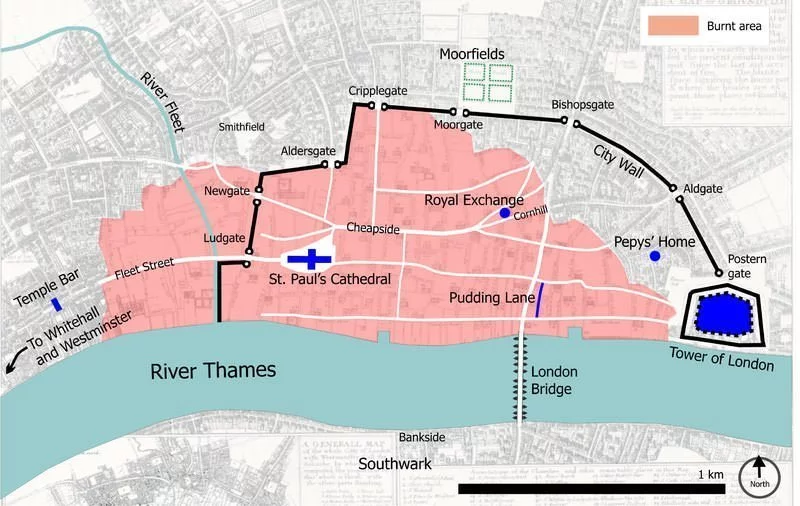
#9 A Monument Was Made To Commemorate It
Between 1671 and 1677, Monument to the Great Fire of London was built on the site of the first church to be burnt down by the Great Fire. Designed by Sir Christopher Wren, it is the tallest isolated stone column in the world. In 1979, archaeologists found a melted piece of pottery which shows that the temperature of the fire was as high as 1700 degrees Celsius. Found in Pudding Lane it is now on display at the Museum of London.
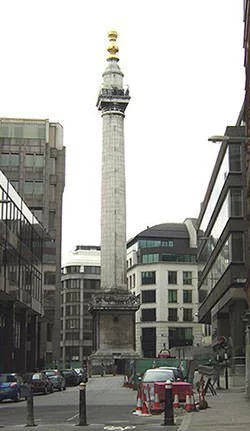
#10 AN INNOCENT FRENCH WATCHMAKER WAS EXECUTED FOR STARTING THE GREAT FIRE
Rumours of foreign hand in the Great Fire were rife after the tragedy. Robert Hubert, a French watchmaker, who confessed for unknown reasons, was executed for starting the fire. It was later found that he was not in England until two days after the fire started. Catholics were also widely blamed and even the monument to the Great Fire had an inscription holding Catholics responsible for the tragedy. It was not removed until 1831 when the Catholic Emancipation Act was passed.

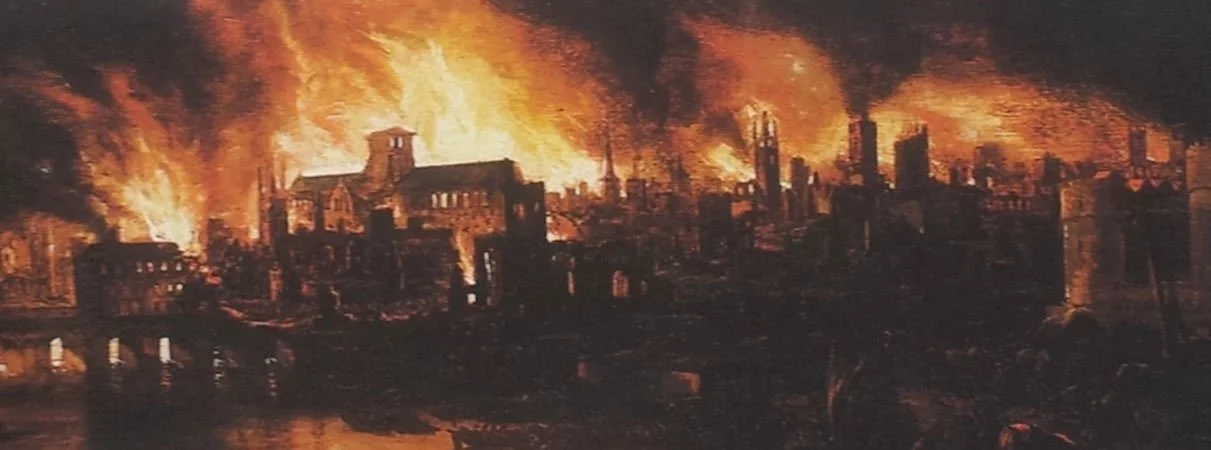
This is good